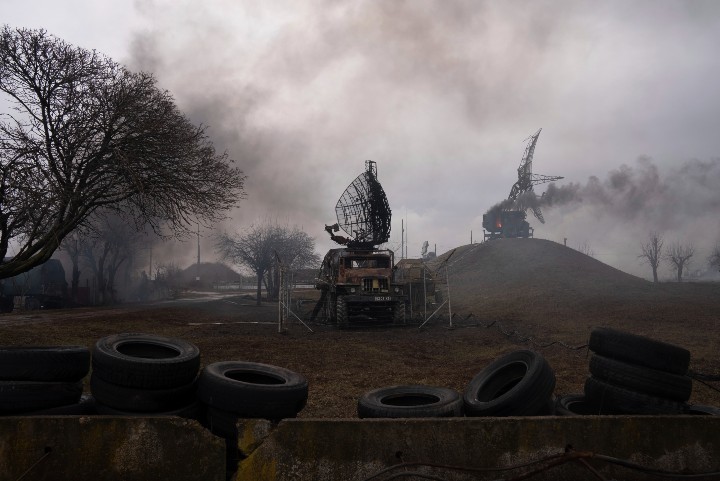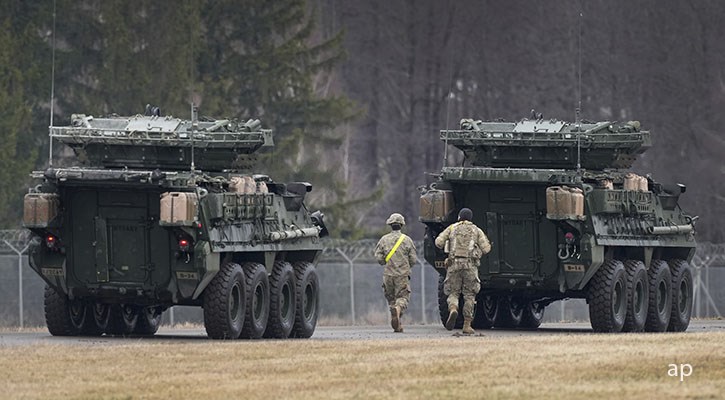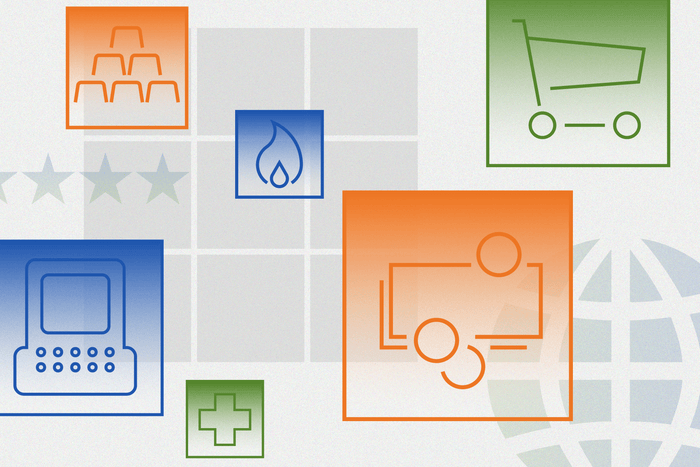
Following Russia’s assault on Ukraine, global markets fluctuated while reassessing whether the invasion of Ukraine could last longer than what had initially been priced in. Moreover, the event has already moved energy and commodity prices higher. As the price of Brent crude rose to over US$100 per barrel, concerns continue to loom that more costly energy sources are going to push already-rising inflation rates higher.
Lorraine Tan, director of equity research, Asia at Morningstar, believes global central banks evaluate whether the geopolitical risks are likely to carry over to main street, before considering raising interest rates at a faster pace. “While we could see some deferment in near term rate hikes, unless there was a sharp deterioration in global economic growth, the uptick in interest rates is inevitable.” She also believes that both oil and gas prices already priced in a large degree of this geopolitical risk from the fourth quarter of 2021.
On a global scale, she says investors are aware of tangible and direct pressure on transport industrials and electric and gas utilities that rely on oil and gas to meet fuel needs, as well as manufacturers relying on petrochemical products. She also calls out that investors should be mindful of companies that are unable to pass these higher costs on to consumers.
For Asia, she continues: “the Asian names in our coverage universe have little, if any, exposure to Russia. As such, we see little direct exposure to broader economic sanctions on Russian entities. Also, regulated utilities would see little or no impact from the higher fuel costs.”
Rerouting Energy Supply?
Tan believes that it is unlikely that, in the event that Russia is unable to export oil and gas, China can make the difference from elsewhere. For example, China recently signed an additional contract for the supply of 10 billion cubic meters of gas from Russia per annum, but this is far less than the 180 billion cubic meters of gas that Russia exports to Europe and Ukraine.
Tan says: “We don’t anticipate China absorbing all of Russia’s potential energy supply, although we would not rule out the scenario where Russia locks up a long-term supply deal with China that essentially sells forward these deliveries if necessary.”
Outside of China, Tan expects a non-negligible impact on Japan from the risk of higher fuel costs. In 2020, Russia made up of 8% of Japan’s LNG imports and a possible restriction in access to supplies from Sakhalin, is likely to lead to spot purchases of LNG, at high prices. If needed, to offset the jump in LNG costs, Japan may seek to bring forward pending nuclear reactor restarts, says Tan, citing data from EIA.
“If we were to assume that Japan’s power generation capacity maintains a standard 5-15% spinning reserve, it could make up some of the LNG shortfalls by running some of its non-gas fired plants at a higher utilization rate. Nonetheless, inflation from higher input costs will still be felt as the supply of commodities such as copper and aluminium from Russia will also be curtailed.”
Asia Winners and Losers
The correction from end-2021 levels has brought valuations down, and Tan does not believe the stock market, particularly U.S. equities, are as expensive. Currently, the price-to-fair value ratio of U.S. equities is at around 0.95 times.
Valuations of Asian names under Morningstar’s coverage are even less demanding, trading at around a 10% discount as a region. The Hong Kong and mainland China companies are trading a market cap-weighted average of 21% discount to their fair value estimates. Tan thinks they are at “a reasonably attractive level and believes cheaper valuations in general helps lower the risk of a steeper sell off. Despite the margin of safety, Tan reminds investors that, other than higher inflationary costs, slowing China growth continues to represent a risk when assigning Morningstar’s equity fair value estimates.
In terms of potential specific winners and losers from the current geopolitical landscape, Tan sees the oil and gas companies benefitting in the short term. In particular, a pure-play upstream oil producer, such as CNOOC Ltd (00883) should see a greater positive impact from the higher oil and gas prices. But Tan says China’s two other big oil giants – PetroChina (00857), and Sinopec (00386) – may have a less rosy outlook.
“The Chinese government has a track record intervening the oil market when the prices of refined products surge. As such, this could be negative to the earnings of downstream oil producers, like Sinopec, following higher input costs,” explains Tan.
“In addition, because the government regulates city-gate gas prices, we do not expect PetroChina and Sinopec to be able to pass on the higher LNG costs. However, losses coming from a wider LNG import could be offset by the higher upstream profit.”
Turning to the potential losers, a surge in Brent crude prices is expected to lead to higher jet fuel prices and higher fuel costs for airlines. While the more important issue for Asian airlines to go on a recovery path is a comeback of passenger air travel, higher fuel costs could delay the rebound to profit.
“The more significant impact will be seen for the Chinese airlines as they generally do not hedge their fuel costs,” continues Tan. If the per-barrel price of Brent crude hovers around US$ 100 in 2022 and 2023 and remains at around the US$ 80 level through 2024, it would translate into extended losses in airlines through 2024, according to Tan. But air carriers would typically be able to increase their passenger and cargo yields to account for more expensive fuel costs. “In reality, the higher fuel costs will be passed on, and the operating margin could still expand if passenger load improves.”
Data as of February 24, 2022. ©2022 Morningstar. All rights reserved. The information, data, analyses and opinions presented herein do not constitute investment advice; are provided as of the date written, solely for informational purposes; and subject to change at any time without notice. This content is not an offer to buy or sell any particular security and is not warranted to be correct, complete or accurate. Past performance is not a guarantee of future results. The Morningstar name and logo are registered marks of Morningstar, Inc. This article includes proprietary materials of Morningstar; reproduction, transcription or other use, by any means, in whole or in part, without prior, written consent of Morningstar is prohibited. This article is intended for general circulation, and does not take into account the specific investment objectives, financial situation or particular needs of any particular person. Investors should consult a financial adviser regarding the suitability of any investment product, taking into account their specific investment objectives, financial situation or particular needs, before making any investment decisions. Morningstar Investment Management Asia Limited is licensed and regulated by the Hong Kong Securities and Futures Commission to provide investment research and investment advisory services to professional investors only. Morningstar Investment Adviser Singapore Pte. Limited is licensed by the Monetary Authority of Singapore to provide financial advisory services in Singapore. Either Morningstar Investment Management Asia Limited or Morningstar Investment Adviser Singapore Pte. Limited will be the entity responsible for the creation and distribution of the research services described in this article.












.png)





.jpg)





